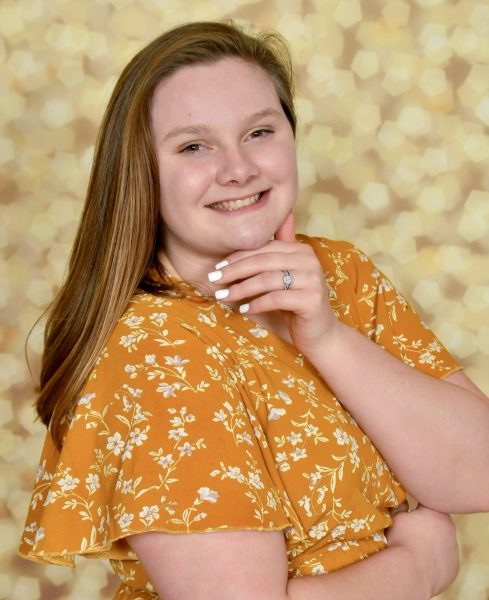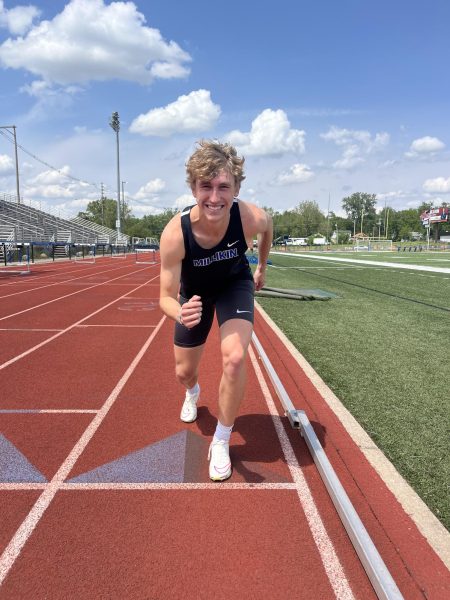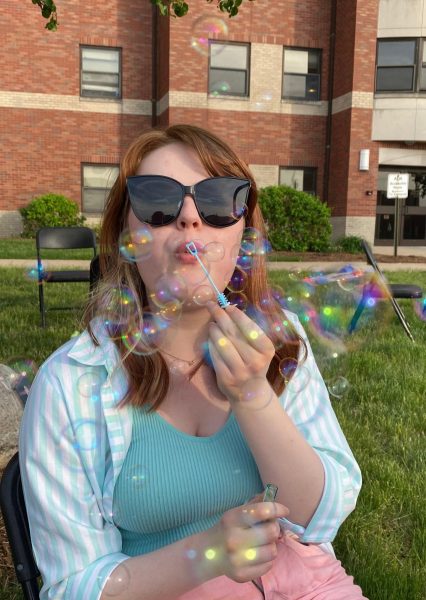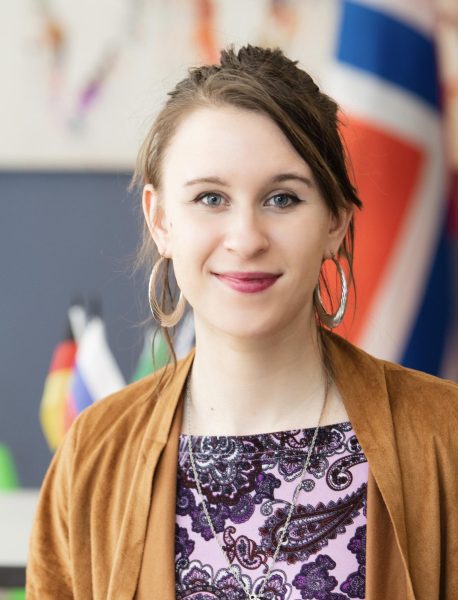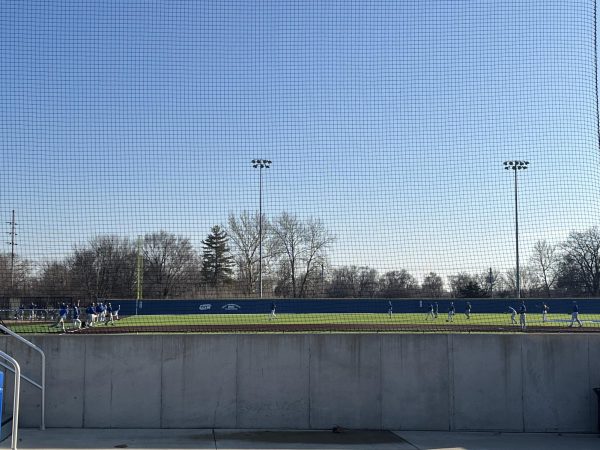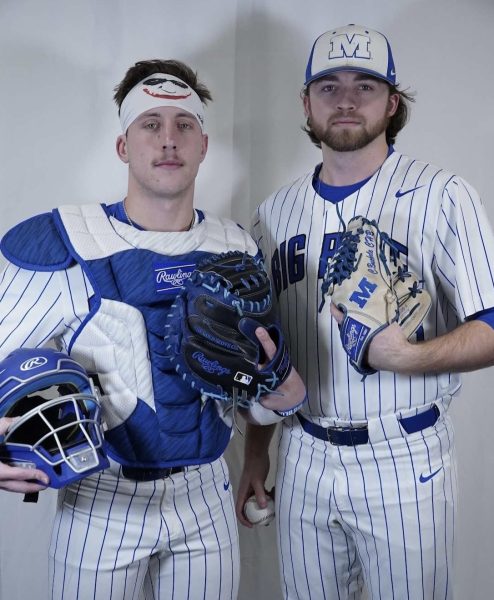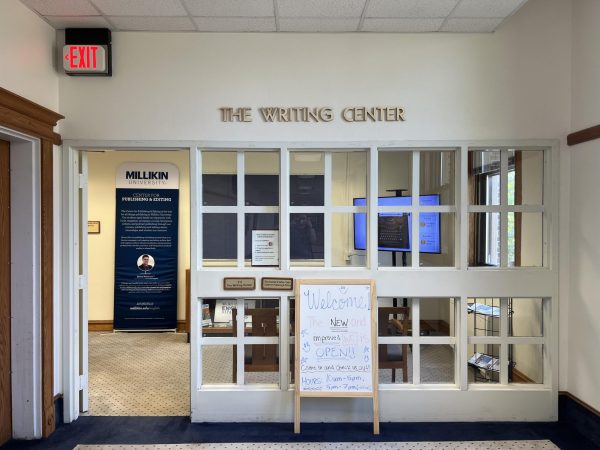Professor Spotlight: Dr. Samuel Galewsky
Dr. Samuel Galewsky is a professor of molecular genetics and cell and molecular biology here at Millikin University. He also teaches the well-known non-major class, biochemistry of foods.
On top of that, he has a number of various research projects going on, the biggest one being on hermit crabs.
“Along with Dr. Cynthia Handler, we are working on cloning genes involved in the inflammatory pathway of the hermit crab. There is a set of genes regulated in chronic pain, this is going to be our model for it,” Galewsky said.
Dr. Handler had done something similar to this with mice, and found that it’s related to the way humans experience chronic pain. They had to wonder if it could be the same for hermit crabs.
“This has the potential to discover a treatment for chronic pain. It hasn’t been studied yet [in hermit crabs]. We’re the first to be doing work on it,” Galewsky said.
Another larger project he’s working on is with a friend who teaches at Roosevelt University in downtown Chicago.
“We are going to isolate cockroaches from Millikin [Decatur] and Chicago and see if they’re really the same species,” Galewsky said. At the end, they hope to Skype and present both of their classes with the results.
In addition to the larger projects, Galewsky is also working with his students on a few other, smaller projects, such as attempting to make a protein that normally fluoresces green to fluoresce blue.
This project also includes looking at different types of sweet corn and the genes that have been mutated to see if they can identify the mutation.
“We’ve done some fairly odd things in the past, and those are a blast. I’m not limited to only working on one specific project; I can do a variety of them,” Galewsky said.
All of the research going on is extremely engaging to Dr. Galewsky.
“A lot of it is curiosity-based research,” Galewsky said. “There’s that intellectual puzzle of ‘how do I do this?’ It’s a wonderful reason to be here.”
He likes the idea of a smaller school and research being just a part of the program, not the entirety. He really loves to work with students, and those opportunities do not always present themselves at big universities.
“I’m remarkably lucky to be at this institution. There are all kinds of interesting research opportunities, and the students are just as interested as I am,” said Galewsky.

